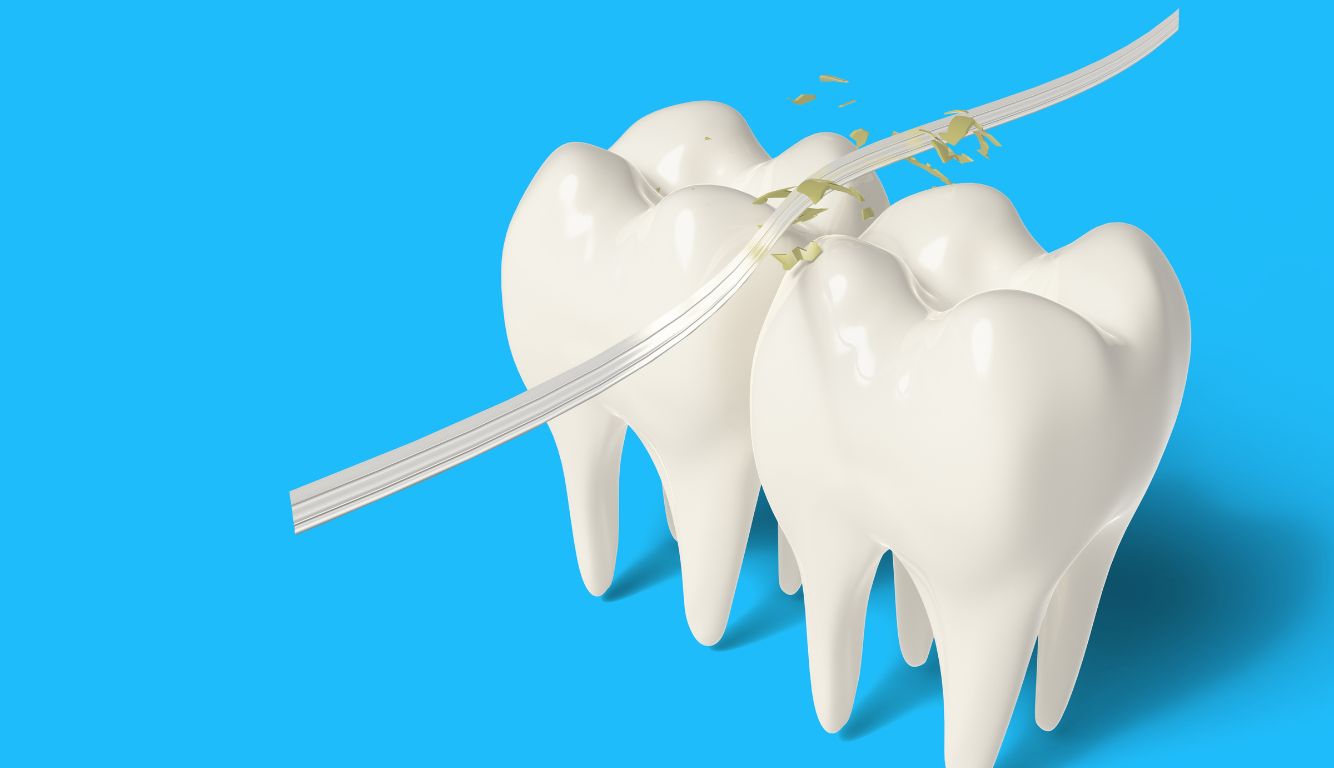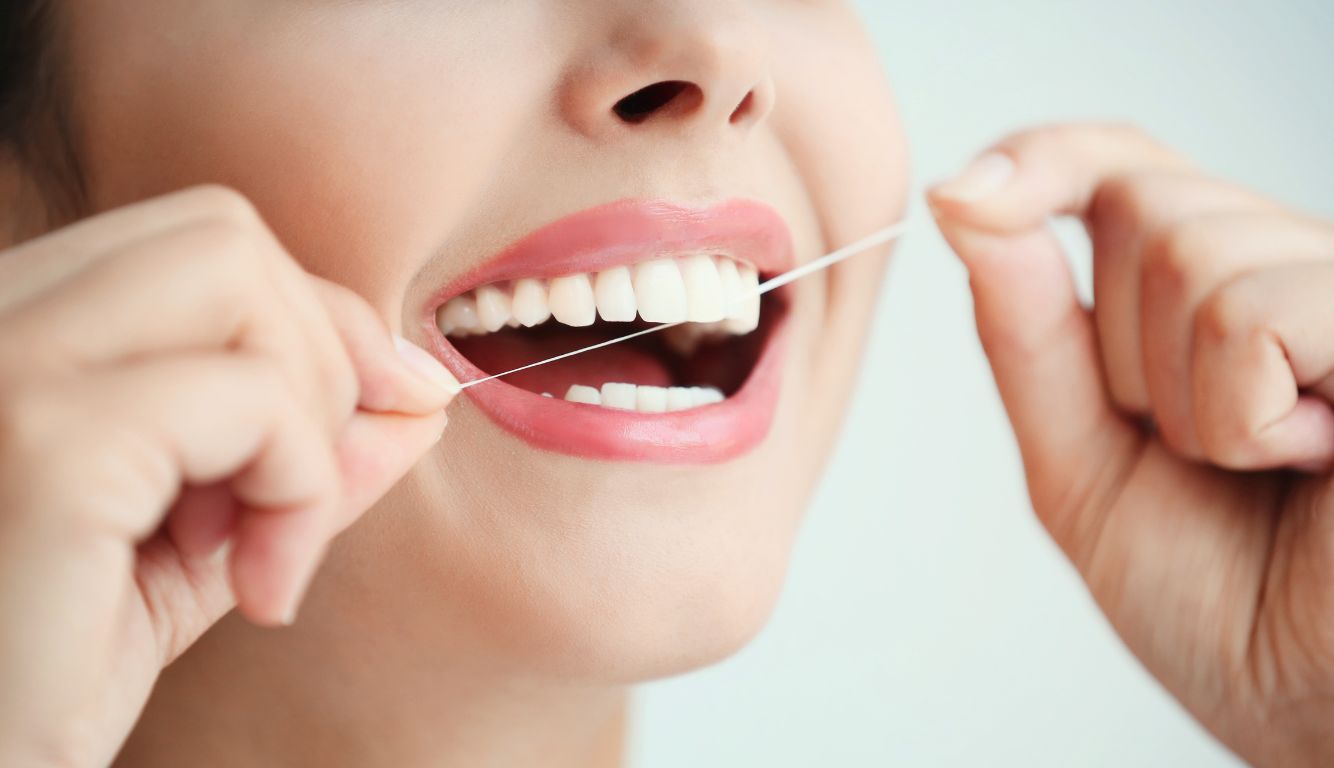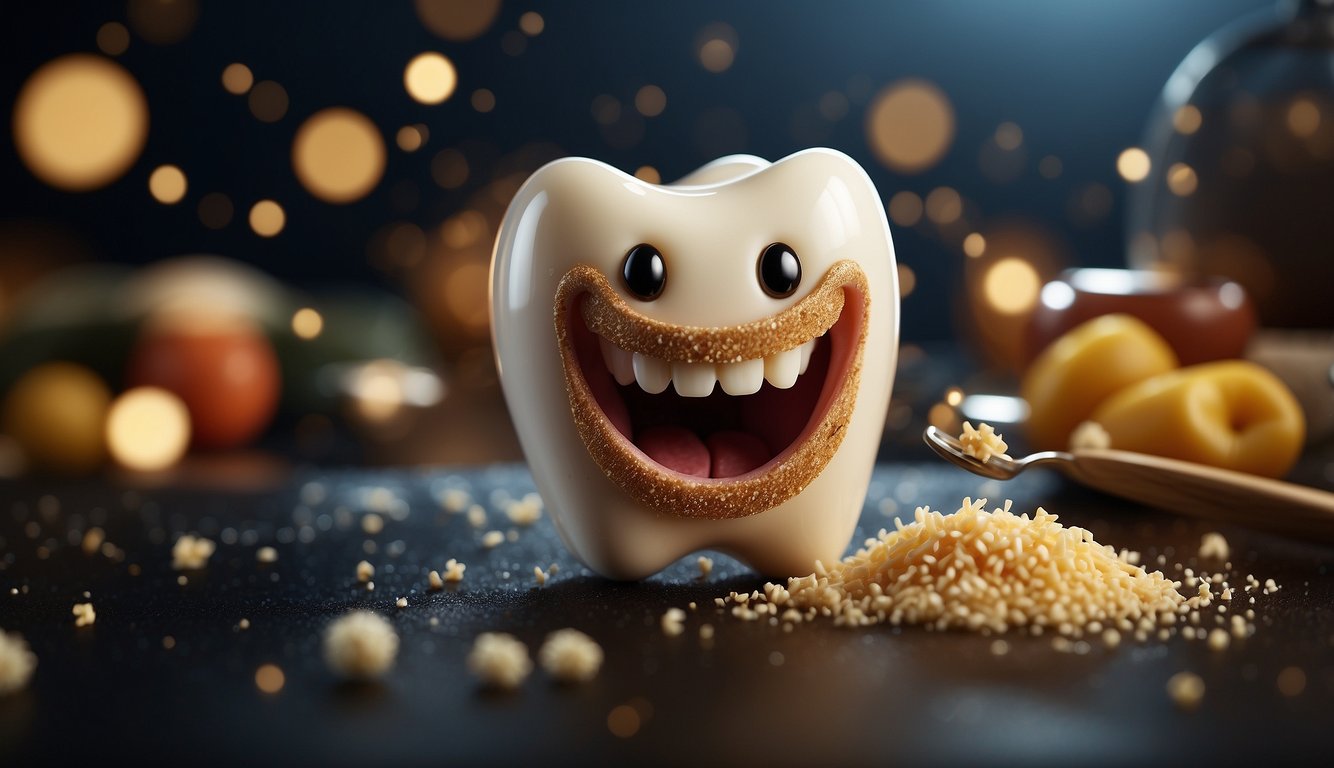Why Is It Important to Floss?

Maintaining good oral health is essential for our overall well-being, and one vital practice often overshadowed by brushing is flossing. While brushing cleans the surfaces of the teeth, flossing removes food particles and plaque from between the teeth and under the gumline, areas that a toothbrush cannot reach. Dentists unanimously agree that flossing daily is imperative in preventing tooth decay, gum disease, and halitosis, also known as bad breath.
The science supporting flossing is robust, indicating that combined with brushing, it significantly decreases the risk of periodontitis, a serious gum infection that can lead to tooth loss and other health complications if untreated. Our commitment to this interdental cleaning can even have an impact beyond oral health, potentially reducing the risk of heart disease and diabetes, as poor oral hygiene is linked to an increased risk of these conditions.
Utilizing the proper flossing technique is as important as the act itself. There are a variety of tools available to aid in flossing, such as traditional string floss, dental picks, and water flossers. For those of us with braces or dental appliances, specialized flosses and techniques are necessary to ensure thorough cleaning without damaging the appliances. Flossing should be performed with care to avoid harm to the gums while still ensuring a deep clean between the teeth and along the gumline.
Key Takeaways
- Flossing complements brushing by cleaning between teeth and beneath the gumline.
- Regular flossing contributes to the prevention of gum disease and tooth decay.
- Adequate flossing technique and tools are critical for effective oral hygiene.
The Science of Flossing

In this section, we’ll cover the detrimental effects of plaque and tartar on gums and teeth, and how regular flossing can combat gum disease and maintain oral health.
Understanding Plaque and Tartar
Plaque is a sticky film composed mainly of bacteria. When we eat, these bacteria feast on the sugars in our food, producing acids that can harm tooth enamel. If plaque is not removed, it can harden into tartar, a crusty deposit that can only be removed by a dental professional.
- Plaque: A biofilm that develops on teeth and can lead to dental caries (cavities).
- Tartar: Calcified plaque that attaches to the enamel of your teeth and below the gum line.
Gum Health and Disease
Our gums, or gingivae, are the soft tissue providing a seal around our teeth. However, when plaque and tartar build up at the gumline, they can cause inflammation, a condition known as gingivitis. Untreated gingivitis can progress to periodontal disease, which can break down the bone and connective tissue that hold our teeth in place.
- Gum Disease: An infection of the tissues that surround and support your teeth.
- Periodontal Disease: A serious gum infection that damages gums and can destroy the jawbone.
The Benefits of Regular Flossing
Flossing does what brushing alone cannot—it removes food particles and plaque from between teeth and under the gumline. By disrupting and removing the bacterial colonies, we help to prevent both cavities and gum disease. Flossing regularly is a cornerstone of oral hygiene and plays a critical role in preserving the health of our gums and teeth.
- Prevents Tartar Buildup: Flossing removes plaque before it can harden into tartar.
- Reduces Risk of Gum Disease: Regular flossing helps prevent gingivitis, which can lead to periodontitis.
Flossing Techniques and Tools

Before we explore the different tools, it’s crucial that we understand the proper technique to use them effectively.
Proper Flossing Technique
To ensure optimal dental health, we employ the C shape flossing technique. Using a piece of string floss, we guide the floss gently between each tooth. It’s essential to curve it at the base of each tooth to form a C shape, allowing the floss to slide beneath the gumline. Then, we move the floss in an up-and-down motion to remove plaque effectively without harming the gums.
Different Types of Floss and Aids
We’ve identified several flossing tools tailored to different needs:
- Dental Floss: Traditional string floss is highly effective for removing plaque between teeth. We should use about 18 inches of floss, winding most of it around each middle finger and holding a small length taut between our fingers.
- Floss Holder: For those who find wrapping floss around their fingers challenging, we recommend a floss holder. This tool simplifies the process, allowing us to maintain the correct tension with ease.
- Interdental Brushes: These small brushes are perfect for cleaning larger gaps, helping us reach places where traditional floss might not be as effective.
- Water Flosser: We use this device to direct a stream of water between our teeth, flushing out food particles and bacteria. It’s an excellent alternative for those who find traditional flossing difficult.
- Air Flossers: Similar to water flossers, air flossers use a burst of air and micro-droplets to dislodge plaque, which can be more convenient for some users.
- Super Floss: For cleaning braces, bridges, and gaps, we use super floss. It has stiffened ends which help threading it through tight spaces and a spongy middle part that cleans around appliances more effectively.
We consider these tools when instructing patients on interdental cleaning, always emphasizing the importance of selecting the correct tool for their individual needs and how to use them properly for maximum benefit.
Flossing with Dental Appliances
When we manage dental appliances such as braces and bridges, our approach to flossing must adapt to maintain our dental health. It’s imperative for us to use suitable techniques and specialized tools to clean around these appliances effectively.
Flossing with Braces
With braces, regular flossing becomes a little more challenging but remains just as crucial. We need to thread the floss under the wire of the braces, a task that may require a floss threader. This thin, needle-like device helps us guide the floss through the teeth above the wire. Alternatively, we might opt for an orthodontic flosser designed specifically for this task, which has a stiff end to navigate through braces easily.
Steps to Floss with Braces:
- Prepare the floss: Cut a piece of waxed floss around 18 inches long, as unwaxed floss may catch on braces.
- Thread the floss using a floss threader or an orthodontic flosser.
- Gently slide the floss between two teeth and press it against the side of one tooth making a ‘C’ shape.
- Glide the floss up and down along the sides of both teeth, and under the gums with care.
- Remove the floss slowly and move on to the next pair of teeth.
Caring for Bridges and Gaps
For dental bridges and gaps, regular flossing isn’t always enough, as food particles and plaque often accumulate under the bridge or in the gaps. An interdental cleaner or a special type of floss known as super floss, which has stiff ends and a spongy section, is our best bet for getting underneath and between dental bridges and gaps.
Guide to Caring for Bridges and Gaps:
- Use an interdental brush or super floss to clean beneath bridges and around gaps with precision.
- Insert the stiff end of the floss or interdental brush into the spaces between the bridge and natural teeth or gaps.
- Move the brush or floss back and forth to remove food particles and plaque.
- Be gentle to avoid damaging the bridge or irritating the gums.
Through adapting our flossing techniques and employing the correct tools, we ensure our dental appliances do not become a hindrance to our overall dental health.
Flossing’s Role in Overall Health

Flossing is an integral part of maintaining oral hygiene. By removing food particles and plaque from spaces between teeth and along the gum line, flossing helps prevent periodontal (gum) diseases, which can lead to more serious health issues if left unaddressed.
Heart Disease: Recent studies suggest a link between poor oral health and heart disease. Gum disease, which can result from inadequate flossing, appears to be associated with an increased risk of heart disease. Regular flossing may help in keeping heart health in check by preventing the harmful bacteria that contribute to gum disease.
Diabetes: Individuals with diabetes often have a higher susceptibility to oral infections. Flossing plays a key role in dental hygiene and managing oral health, which is especially critical for those managing diabetes. Maintaining good oral health may contribute to better diabetes control.
Education: We advocate for education on the proper techniques of flossing and understanding its importance. Good flossing habits, accompanied by regular dental check-ups, construct the foundation for a lifetime of healthy teeth and gums.
Oral Disease Prevention: Flossing is crucial in preventing oral diseases such as tooth decay and gingivitis. This simple daily practice disrupts and removes bacterial colonies, thus protecting the integrity of our oral cavity.
Developing a consistent routine that includes flossing is a proactive step we can take toward preserving not only our oral health but our overall well-being.
📞 Contact Kaufman Dentistry Today
Give us a call at (310) 838-7780 to schedule your appointment and take the first step towards a stunning smile.
You can find us at 10760 Washington Blvd., Culver City, CA 90232. We look forward to welcoming you to our practice and helping you achieve the smile of your dreams!
Frequently Asked Questions
In this section, we address some of the most common inquiries regarding the necessity of flossing and its impact on dental and overall health.
What are the benefits of flossing for oral health?
Flossing effectively removes plaque and food particles from between teeth, a vital practice for reducing the risk of cavities and gingivitis, which is the early stage of gum disease.
How does flossing contribute to cardiovascular health?
Emerging research suggests a link between oral health and cardiovascular disease. By removing plaque, flossing might reduce the inflammation that can contribute to arterial hardening and thus improve heart health.
Can flossing regularly prevent tooth decay and gum disease?
Regular flossing disrupts and removes plaque build-up, which is a primary factor in the development of tooth decay and the advancement of gum disease. This makes flossing a key preventive measure.
What could be the consequences of neglecting to floss?
Failing to floss can lead to a buildup of plaque, eventually resulting in tooth decay, periodontal disease, and potential tooth loss. Chronic inflammation caused by gum disease can also have systemic health impacts.
How often is it recommended to floss to maintain optimal dental hygiene?
We advise individuals to floss at least once a day. This frequency is recommended to disrupt and limit plaque formation between dental cleanings.
At what age should one start flossing, and is it ever too late to begin?
We encourage guardians to start flossing their children’s teeth as soon as two adjacent teeth erupt. It is never too late to begin flossing; starting at any age can improve oral health.
